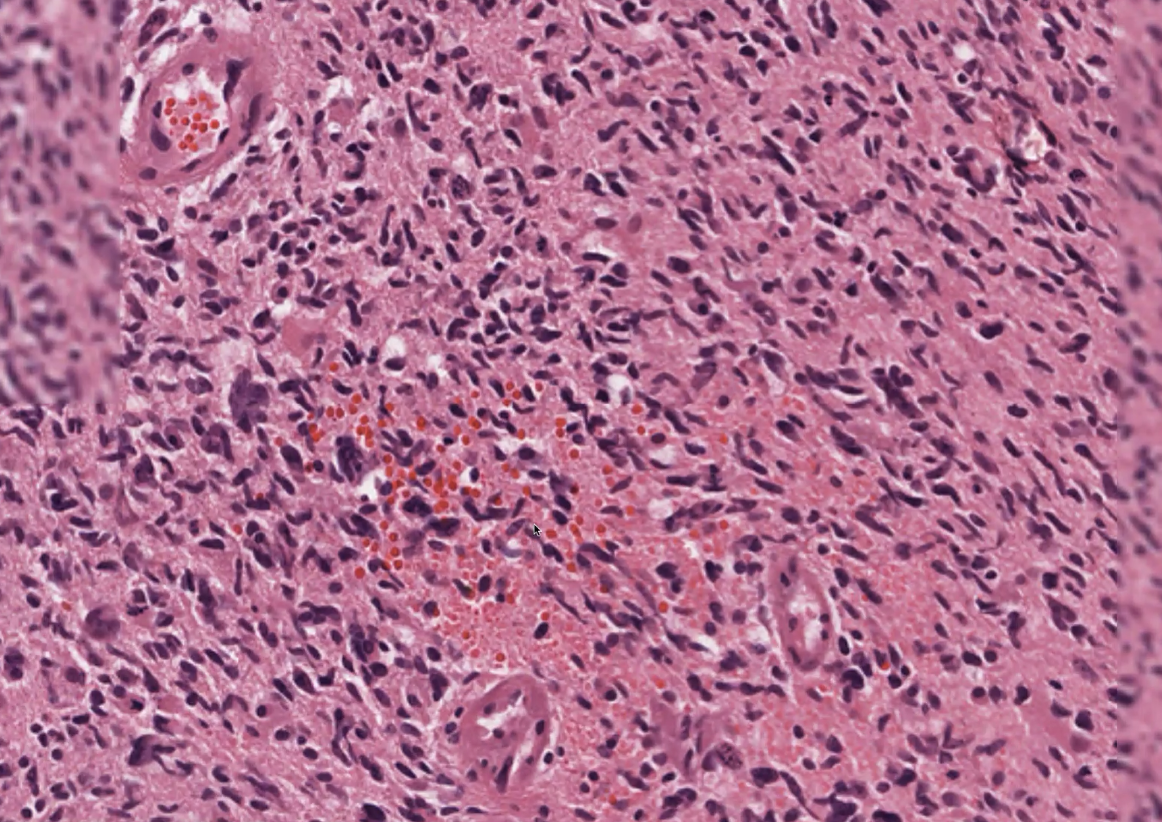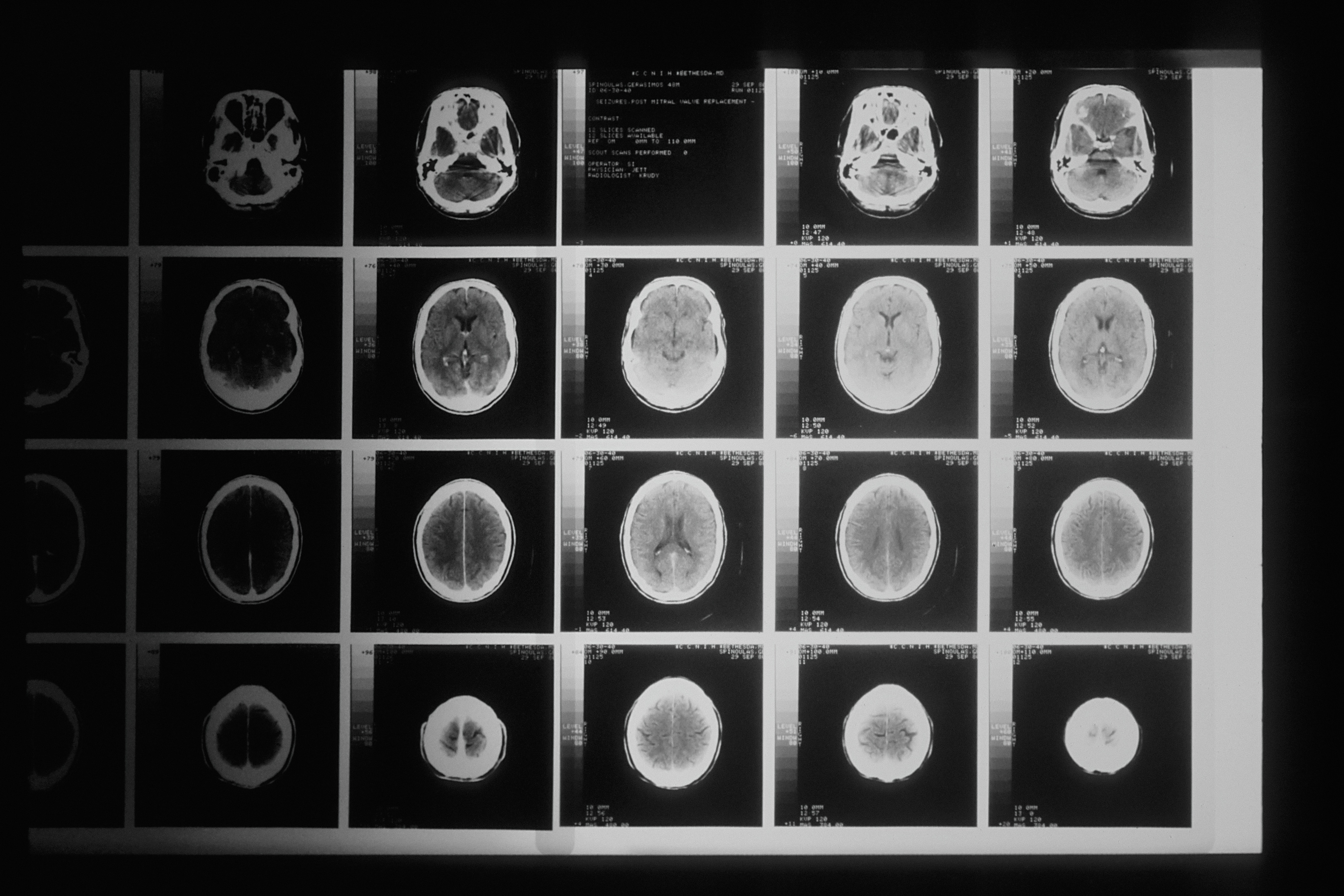Computational Pathology
Digital pathology has allowed improved data collection and labeling processes, as well as better data sharing. Consequently, there is a greater scope of using machine learning to build better tools for pathological diagnoses, and analyse digital pathology datasets. The challenges however include more fat-tailed datasets compared to natural domains, higher computational requirements due to large whole slide images, requirement of domain expertise for data labeling, as well as interobserver variability in data labeling. There is also a greater emphasis on developing human-in-loop solutions as compared to fully automated systems.




